There are two main types of cinnamon: Ceylon and Cassia. This guide explains their key differences in flavor, health implications, and best uses to help you make informed choices.
| Feature | Ceylon Cinnamon | Cassia Cinnamon |
|---|---|---|
| Origin | Sri Lanka, India | China, Indonesia, Vietnam |
| Appearance | Thin, multi-layered quills | Thick, single-layer bark |
| Taste | Mild, sweet, complex | Strong, spicy, bold |
| Coumarin Content | Very low | High |
| Price | More expensive | Affordable |
| Availability | Specialty stores | Most supermarkets |
Introduction
Cinnamon is more than just a warm, cozy flavor — it's a spice with centuries of history, medicinal use, and culinary importance. But not all cinnamon is created equal. In fact, there are two main types, and they couldn't be more different when it comes to taste, health benefits, and usage.
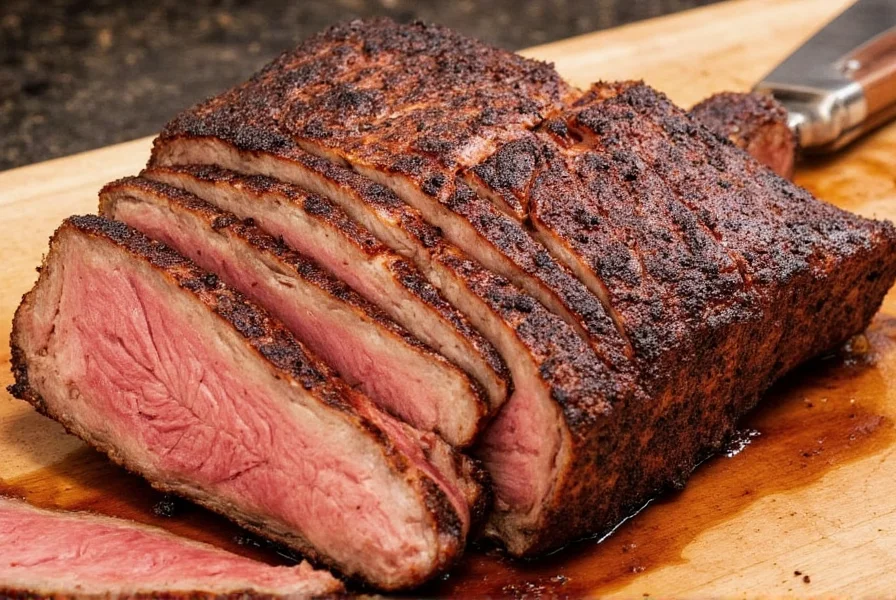
The Two Main Types of Cinnamon
When most people say "cinnamon," they're actually referring to one of two primary types:
- Ceylon Cinnamon
- Cassia Cinnamon
Let's dive deeper into each to see what makes them special!
Ceylon Cinnamon – The Real Deal
Often called "true cinnamon," Ceylon cinnamon hails from Sri Lanka and parts of southern India. Known for its light brown color and thin, papery layers, it has a delicate, sweet aroma and a milder flavor compared to its cousin.
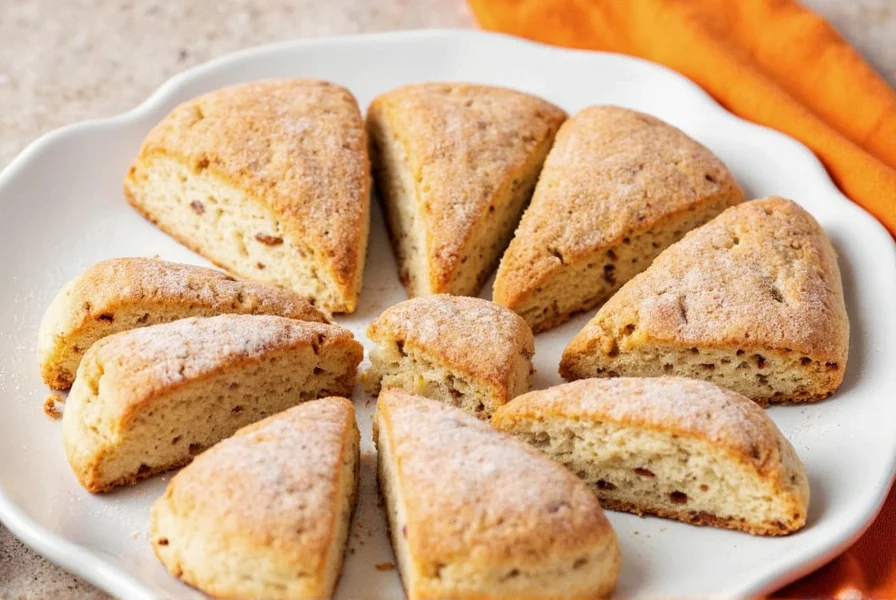
It's made by carefully harvesting the inner bark of the Cinnamomum verum tree, which is then rolled into quills — those beautiful, fragile rolls you sometimes find in specialty stores.
Cassia Cinnamon – The Common Culinary Star
Cassia cinnamon, also known as Chinese cinnamon, comes from the Cinnamomum cassia tree primarily grown in China, Indonesia, and Vietnam.
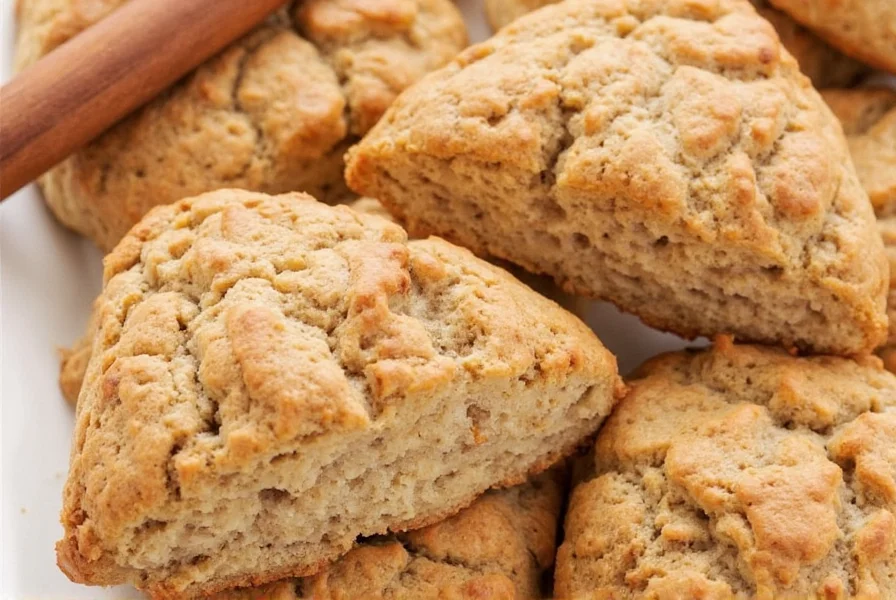
Unlike Ceylon, Cassia bark is thick, hard, and usually sold in single-rolled pieces. Its flavor is much stronger, spicier, and more pungent — perfect for hearty dishes or baked goods where boldness is key.
Health Benefits and Warnings
Cinnamon is often praised for its health properties, but the type you choose can make a big difference:
- Antioxidant Powerhouse: Both types contain antioxidants, but Ceylon generally offers a broader range due to lower coumarin levels.
- Blood Sugar Regulation: Some studies suggest cinnamon may help manage blood sugar, though results vary by individual and form used.
- Coumarin Warning: Cassia contains high levels of coumarin, a compound linked to liver damage if consumed in large amounts over time. The FDA recommends limiting coumarin intake, making Ceylon the safer choice for regular consumption.
Buying Guide: How to Choose the Right Cinnamon
Choosing the right cinnamon depends on your needs. Here's a quick guide to help you pick:
Need Something Affordable & Strong?
- Product: McCormick Ground Cassia Cinnamon
- Features: Bold flavor, affordable price, widely available
- Best For: Baking, spiced coffee, holiday recipes
Want a Delicate, Gourmet Touch?
- Product: Simply Organic Ceylon Cinnamon Sticks
- Features: Light, aromatic, ideal for teas and desserts
- Best For: Tea infusions, delicate pastries, luxury gifting
Looking for Organic and Ethical Options?
- Product: Frontier Co-op Organic Ceylon Cinnamon Powder
- Features: USDA-certified organic, ethically sourced
- Best For: daily wellness routines, holistic cooking
How to Use Each Type in Cooking
Knowing which cinnamon to use can elevate your meals. Let's explore some practical uses:
Cassia Cinnamon Uses
- Baking snickerdoodle cookies or pumpkin pie
- Adding warmth to chai tea blends
- Enhancing mole sauces or savory Indian curries
Ceylon Cinnamon Uses
- Infusing into custards and rice pudding
- Steeping in hot apple cider or herbal teas
- Pairing with citrus-based desserts like orange cakes
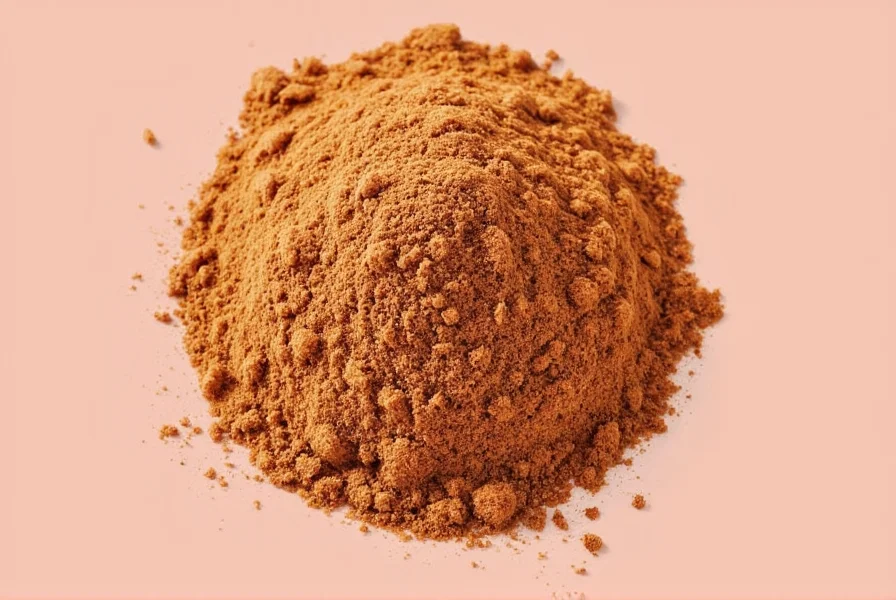
Common Myths About Cinnamon Busted
Let's take a moment to debunk some popular myths about cinnamon:
- Myth: All cinnamon tastes the same.
Reality: Not true! Ceylon is subtle; Cassia is punchy. - Myth: Cinnamon can cure diabetes.
Reality: While some studies suggest it may help regulate blood sugar, it's no substitute for medical treatment. - Myth: You can only get cinnamon in powder form.
Reality: Cinnamon sticks are excellent for infusing flavors and look beautiful in drinks.
Frequently Asked Questions About Cinnamon Types
How many types of cinnamon are there?
While there are several varieties of cinnamon worldwide, the two main types that dominate the market are Ceylon cinnamon (often called "true cinnamon") and Cassia cinnamon. These two account for the vast majority of cinnamon consumed globally. Other less common varieties include Malabar cinnamon from India and Korintje cinnamon from Indonesia, but they're generally considered subtypes of Cassia.
Is Cassia cinnamon bad for you?
Cassia cinnamon contains higher levels of coumarin, which can be harmful to the liver if consumed in large quantities over time. For most people using cinnamon in typical culinary amounts (less than 1 teaspoon daily), Cassia is perfectly safe. However, those with liver conditions or who consume cinnamon in supplement form should consider Ceylon as a safer alternative due to its much lower coumarin content.
How can I tell if I have Ceylon or Cassia cinnamon?
You can often distinguish them by appearance: Ceylon cinnamon sticks are made of multiple thin layers that look like rolled-up paper and are light brown in color. Cassia cinnamon sticks are usually a single thick layer of bark that's darker reddish-brown and harder. In powder form, Ceylon is lighter in color (tan) and has a more delicate, sweeter aroma, while Cassia is darker (reddish-brown) with a stronger, spicier scent. Check your packaging for "Ceylon" or "Cinnamomum verum" to be certain.
Why is Ceylon cinnamon more expensive than Cassia?
Ceylon cinnamon is more expensive because its production is more labor-intensive. The trees yield less bark, and the harvesting process requires more skill to create the delicate multi-layered quills. Additionally, Ceylon cinnamon comes primarily from Sri Lanka, where production costs are higher than in the main Cassia-producing countries like Indonesia and China. The limited supply and higher quality contribute to the premium price.
Can I substitute Ceylon for Cassia in recipes?
Yes, but with considerations. Ceylon has a milder, sweeter flavor while Cassia is stronger and spicier. If substituting Ceylon for Cassia, you might need to use slightly more to achieve the same intensity—about 1.5 times the amount. For delicate dishes like custards or light desserts, Ceylon works beautifully as a direct substitute. For bold recipes like snickerdoodles, pumpkin pie, or spiced wines, you might want to use a bit more Ceylon or consider mixing both types to get the best of both worlds.
Which type of cinnamon is better for daily consumption?
For daily consumption, especially in larger amounts or for medicinal purposes, Ceylon cinnamon is generally considered the better option due to its significantly lower coumarin content. While both types offer health benefits, the high coumarin levels in Cassia can pose risks with regular, substantial consumption. If you're using cinnamon in small amounts for occasional baking or flavoring, Cassia is perfectly fine, but for daily wellness routines or if you have liver concerns, Ceylon is the safer choice.
Conclusion
So, how many types of cinnamon are there? Technically, more than two — but the vast majority fall under either Ceylon or Cassia. Knowing the difference helps you make better choices in both cooking and health.
If you're after depth and drama in your dessert, reach for Cassia. If you want subtlety and safety, go for Ceylon. And now that you've got the knowledge, you're ready to cinnamon like a pro!
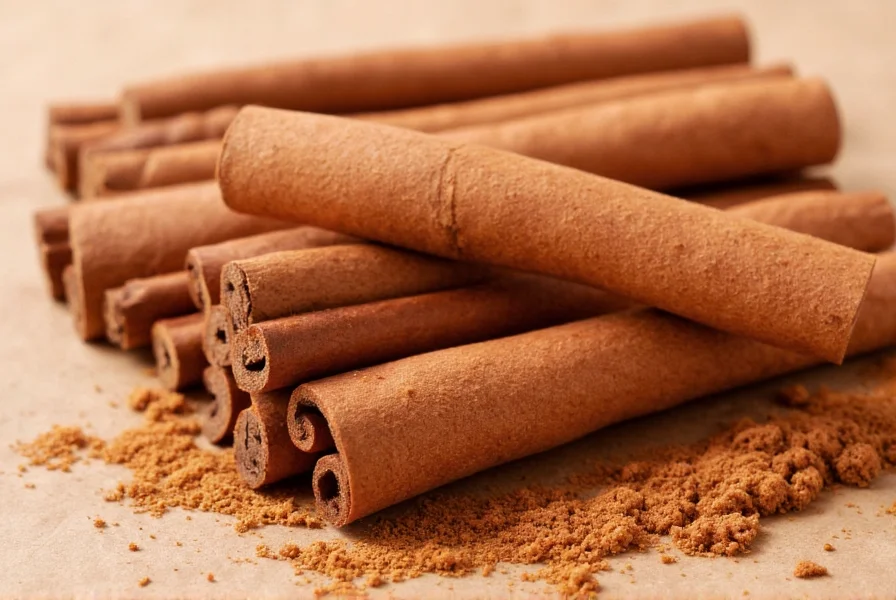
Next time you reach for that jar, remember — it's not just cinnamon. It's a story of geography, tradition, and flavor waiting to unfold in your kitchen.










 浙公网安备
33010002000092号
浙公网安备
33010002000092号 浙B2-20120091-4
浙B2-20120091-4